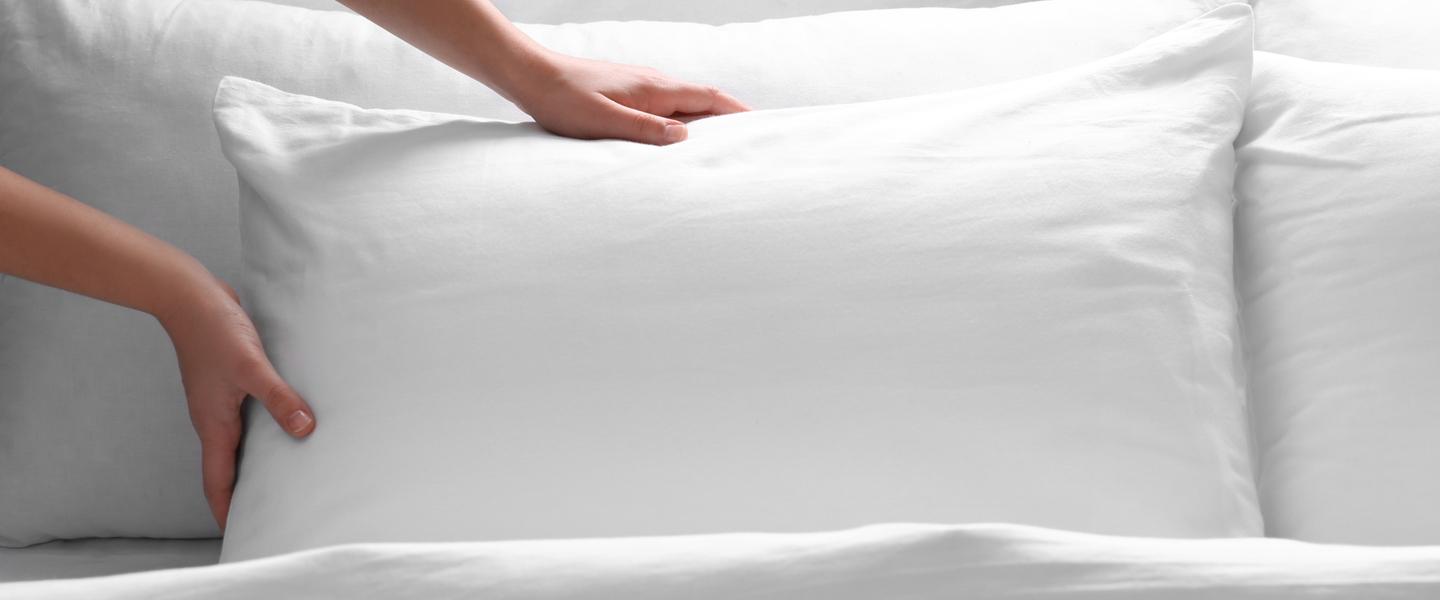How to Fluff a Pillow at Home
A pillow helps keep the body well-aligned during sleep, alleviating pressure points and allowing optimal blood flow. Using a cushion of the proper loft and firmness at the right places under the head, between your arms, or legs can impact your sleep quality immensely. According to the NHS, having a good night’s sleep is vital for a healthy and long life. From boosting your immunity to enhancing your mental well-being and preventing a host of other health conditions, sleep quality can impact your life in unique ways.
While most pillows, especially feather and down varieties, are designed to provide maximum comfort, they usually lose their fluffiness with time, making them less effective. For this reason, it’s essential to select good-quality pillows and keep them well-maintained to retain their fluffiness while providing you with the necessary health benefits.
When do you need to fluff a pillow?
Whenever your pillow gets compressed or flattened, it’s usually a sign that it needs fluffing. A flattened or compressed pillow lacks the loft and firmness necessary to release pressure from the body. Hence, you need to always keep it fluffed for better sleep results. Bad posture during sleep can cause head, back, neck, and shoulder pain, which can significantly interfere with your quality of life.
Essentially, you should fluff your pillow daily. If you do it using your hands, it shouldn’t take more than two minutes to get the cushion back in shape. Not only does this enhance your comfort during sleep, but it can help increase the pillow’s longevity.
There are three easy ways of fluffing a pillow at home: tumble drying, hand fluffing, and air drying.
How to fluff a pillow using a tumble dryer
If you can feel bumpy pieces in a pillow, that’s a sign it needs fluffing to loosen and puff them back up. Most cushions allow tumble drying, but you should read the label to confirm this. In most cases, the instructions may allow no-heat or low heat setting, so be sure to follow that. Otherwise, if you set the dryer at medium or high heat, it may end up destroying the material.
For better results, put a tennis ball into a sock and throw it in the dryer. As the ball gets tossed around, it helps knead the cushion and break up the matted pieces, intensifying the fluffing impact. If you don’t have tennis balls, you can improvise anything that can be rolled into a ball and is dryer-safe and use it instead. Tumble drying every week for at least 15 minutes should be sufficient to keep your pillows fluffy.
How to fluff a pillow by hand
The essence of fluffing the pillow is to break bumpy pieces so that air can flow through. While the machine is thorough and more effective, your hands can do a pretty good job as well.
Place the pillow on your lap and push it in and out on the shorter and longer sides. Do this for about 30 seconds each turn. Once you’re done pressing the cushion, massage it to break up any lumpy pieces so that the fill can spread out evenly. Alternatively, you can place the pillow on the bed and punch it to fluff it with your fist.
How to fluff a pillow outside
Lastly, you can allow nature to fluff the cushion for you. If it’s sunny and dry, take the pillow outside and place it on a clean surface under direct sunlight. Air-drying for 3 to 4 hours once per week will leave it fluffy and smelling fresh.
In addition to releasing accumulated moisture and allowing the filling to bounce back to shape, leaving it under the sun helps eliminate odour-causing bacteria. For better results, leave it lying on one side for about 1 to 2 hours, then return and turn the other side for about the same duration.
Knowing when to replace a pillow
The lifespan of a pillow varies depending on how often you use it or how well you maintain it. This can range from 2 to 4 years, though some lose their effectiveness after a year. Whether your pillow consists of down filling, down alternative, shredded foam pieces, or hollowfibre, periodically replacing it is essential for better sleep and hygiene.
Some tell-tale signs that you should change your pillows include:
- The pillow compresses too fast after fluffing
- Dents and bumps aren’t responding to your fluffing efforts
- The pillow fails to spring back to shape after folding it
- Permanent stains and discolouration
- Failure to support a restful night sleep
- An unpleasant odour that doesn’t go away after washing
- Frequent re-fluffing (for feather pillows)
Knowing when to wash a pillow
Pillow material does not block sweat, body oils and other dirt from seeping through during use, which is why it’s important to wash your pillows regularly. Dust mites also thrive on pillows, feasting on dander (dead skin flakes) while shedding waste at the same time.
With time, the build-up can lead to unsightly stains and off-putting smells. However, there’s no need to replace your pillow every time you smell an unpleasant odour. Like other bedding, you can learn how to wash your pillows. Make sure you dry them completely by air or in a dryer to avoid mildew formation, which can lead to an even worse smell.
Washing your pillow every 3 or 4 months can rid it of odour-causing dirt and leave them smelling fresh again. Ensure you check the label for washing instructions before throwing a pillow in the machine as not all of them are suited for machine wash.
For instance, a foam pillow should not be machine washed as the agitation can break its padding. However, you can get rid of dust from it by throwing it inside a no-heat dryer for 20 minutes.
Whether you hand wash or machine wash pillows, ensure you dry them thoroughly either in the dryer or by taking them outside to air dry. Tumble drying should take about an hour to completely dry the pillow, while outdoor drying can take several hours, depending on the weather.
Discover your dream pillows
A compressed or flattened pillow impacts sleep quality, hindering proper body alignment. It’s vital to keep your cushions fluffed up to avoid subjecting your body to needless strain while sleeping. Studies indicate that the bedroom environment contributes to your sleep quality significantly. For this reason, selecting the proper pillows and keeping them well-maintained is of utmost importance.
If you need to find the perfect pillows to match your sleeping position, Sleepseeker is here to help. We have a wide selection of pillows available, with options for front sleepers, side sleepers and back sleepers, including feather pillows and luxury pillows.
Read more of our guides:
What's trending now...
-
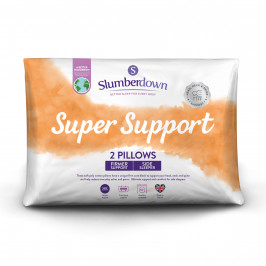
Slumberdown Super Support Firm Support Side Sleeper Pillow, 2 Pack
£17.00
Shop Now -
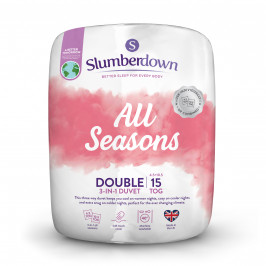
Slumberdown All Seasons Combi 15 Tog (10.5 + 4.5 Tog) Double Duvet
£30.50
Shop Now -
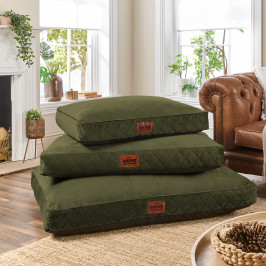
Slumberdown Paws for Slumber Olive Green Pet bed, Medium
£39.00
Shop Now -
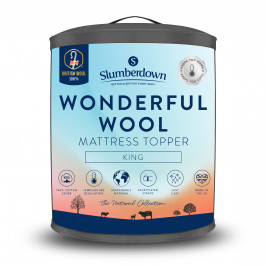
Slumberdown Wonderful Wool Mattress Topper, King
£60.00
Shop Now -
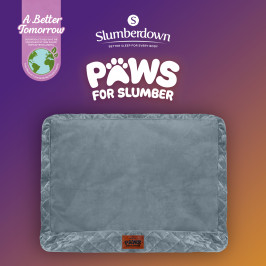
Slumberdown Paws for Slumber Extra Large Pet Bed Spare Cover, Grey
£20.00
Shop Now -
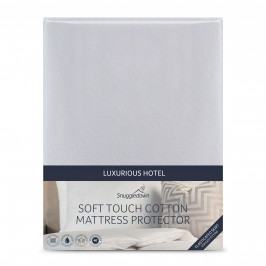
Snuggledown Luxurious Hotel Cotton Waterproof Mattress Protector, Double
£23.50
Shop Now -
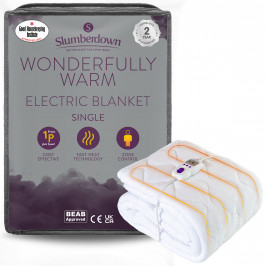
Slumberdown Wonderfully Warm Electric Blanket - Single
£60.00
Shop Now -
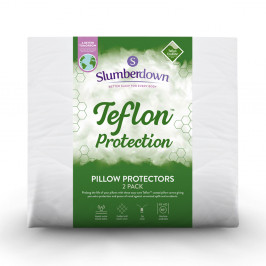
Slumberdown Teflon Pillow Protector - Pack of 2
£14.00
Shop Now -
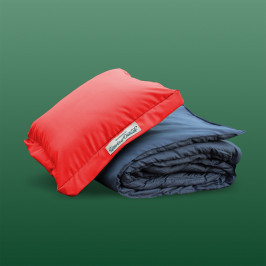
Slumberdown Unwind Outside 2-in-1 Waterproof Cocoon Set, Burnt Orange
£30.00
Shop Now -
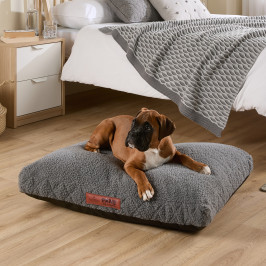
Slumberdown Paws For Slumber Sherpa Pet Bed, Medium
From: £25.00
Shop Now -
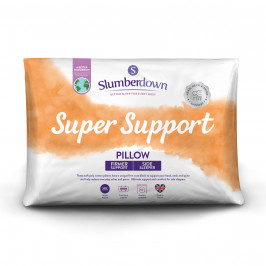
Slumberdown Super Support Firm Support Side Sleeper Pillow
From: £17.00
Shop Now -
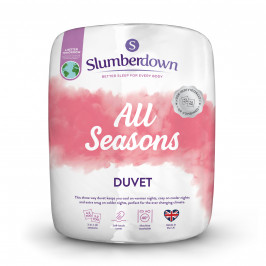
Slumberdown All Seasons Combi Duvet
From: £25.50
Shop Now -

Slumberdown Paws for Slumber Medium Pet Bed
From: £39.00
Shop Now -
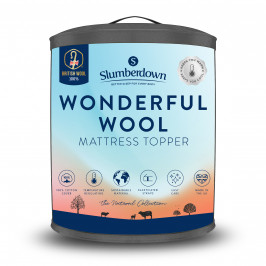
Slumberdown Wonderful Wool Mattress Topper
From: £54.50
Shop Now -

Slumberdown Paws for Slumber Extra Large Pet Bed Spare Cover
From: £20.00
Shop Now -
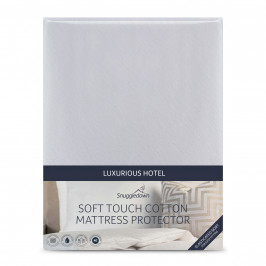
Snuggledown Luxurious Hotel Cotton Waterproof Mattress Protector
From: £19.50
Shop Now -
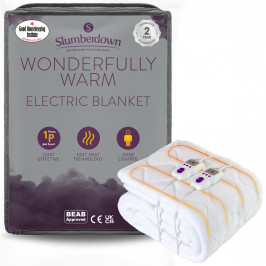
Slumberdown Wonderfully Warm Electric Blanket
From: £60.00
Shop Now -

Slumberdown Unwind Outside 2-in-1 Waterproof Cocoon Set
From: £30.00
Shop Now -
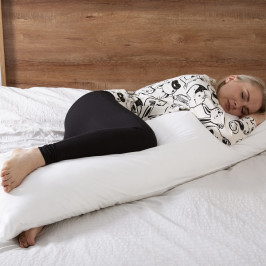
Slumberdown Body Support Pillow, 1 Pack, Includes 100% Cotton Pillow Case
£20.00
Shop Now -
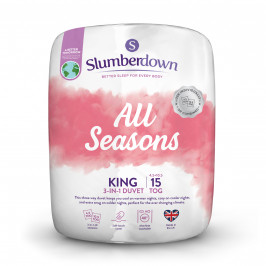
Slumberdown All Seasons Combi 15 Tog (10.5 + 4.5 Tog) King Size Duvet
£34.00
Shop Now -
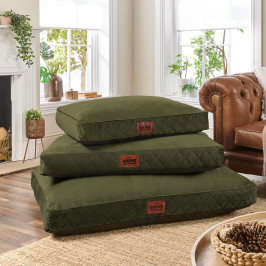
Slumberdown Paws for Slumber Olive Green Pet Bed, Large
£49.00
Shop Now


